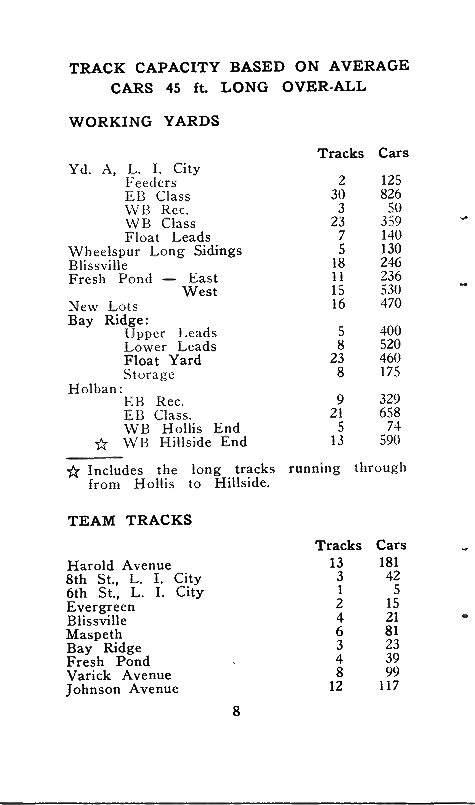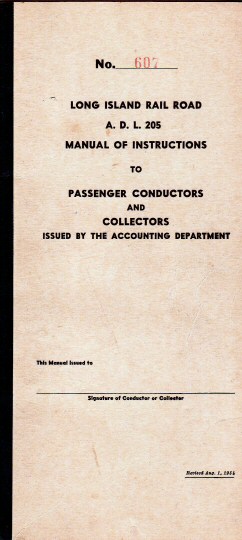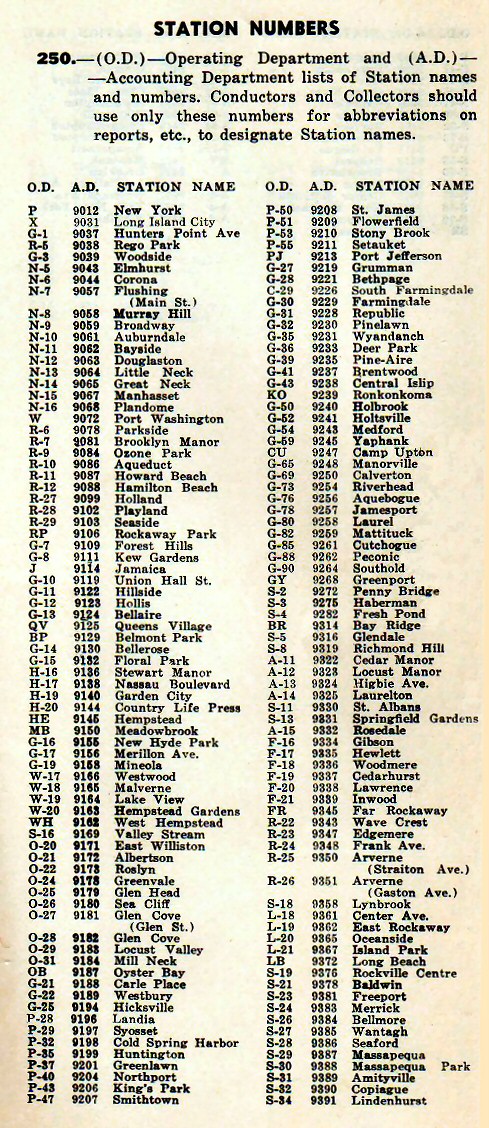by nyandw
This was posted over at the NYA forum previously. Perhaps folks here might shed light on previous LIRR operations, prior to NYA, and address the current NYA situation also? Thanks. Steve
Spot numbers / siding numbers / Wheelspur
New postby DaveBarraza » Fri Jul 15, 2016 11:48 am
Question:
Some roads use spot numbers and/or track numbers to identify certain spots or tracks, helpful in an area with a lot of trackage or customers.
ref: http://modelingthesp.com/Operations/SPINS.html" onclick="window.open(this.href);return false;
From what I can determine, LIRR/NYA crews don't have any such formal system for identifying tracks or spots, the tracks and customers just have names - and not necessarily up-to-date names (Eldee a.k.a. PC Richards = stone for Astro Ready Mix).
In a location like Wheelspur, where Sherwood, Yang Ming, and Healthy Brand Oils all take loads is it safe to say that the crews just know where to spot the cars by experience and/or figuring-out?
...and now that I think about it, the place everyone has been calling "Wheelspur" because that's what it was called before... is it actually called "Wheelspur" by crews? or something more creative, like "Son of Arch Street" 8-D
Thanks,
Dave
Spot numbers / siding numbers / Wheelspur
New postby DaveBarraza » Fri Jul 15, 2016 11:48 am
Question:
Some roads use spot numbers and/or track numbers to identify certain spots or tracks, helpful in an area with a lot of trackage or customers.
ref: http://modelingthesp.com/Operations/SPINS.html" onclick="window.open(this.href);return false;
From what I can determine, LIRR/NYA crews don't have any such formal system for identifying tracks or spots, the tracks and customers just have names - and not necessarily up-to-date names (Eldee a.k.a. PC Richards = stone for Astro Ready Mix).
In a location like Wheelspur, where Sherwood, Yang Ming, and Healthy Brand Oils all take loads is it safe to say that the crews just know where to spot the cars by experience and/or figuring-out?
...and now that I think about it, the place everyone has been calling "Wheelspur" because that's what it was called before... is it actually called "Wheelspur" by crews? or something more creative, like "Son of Arch Street" 8-D
Thanks,
Dave


